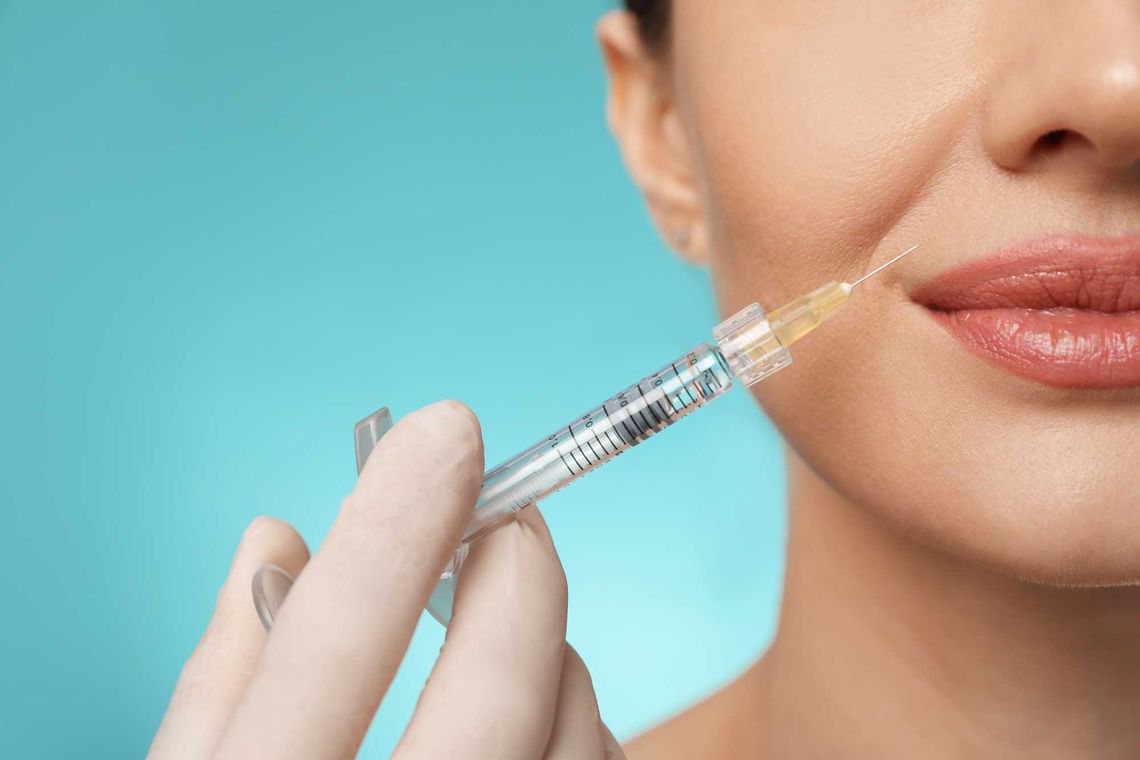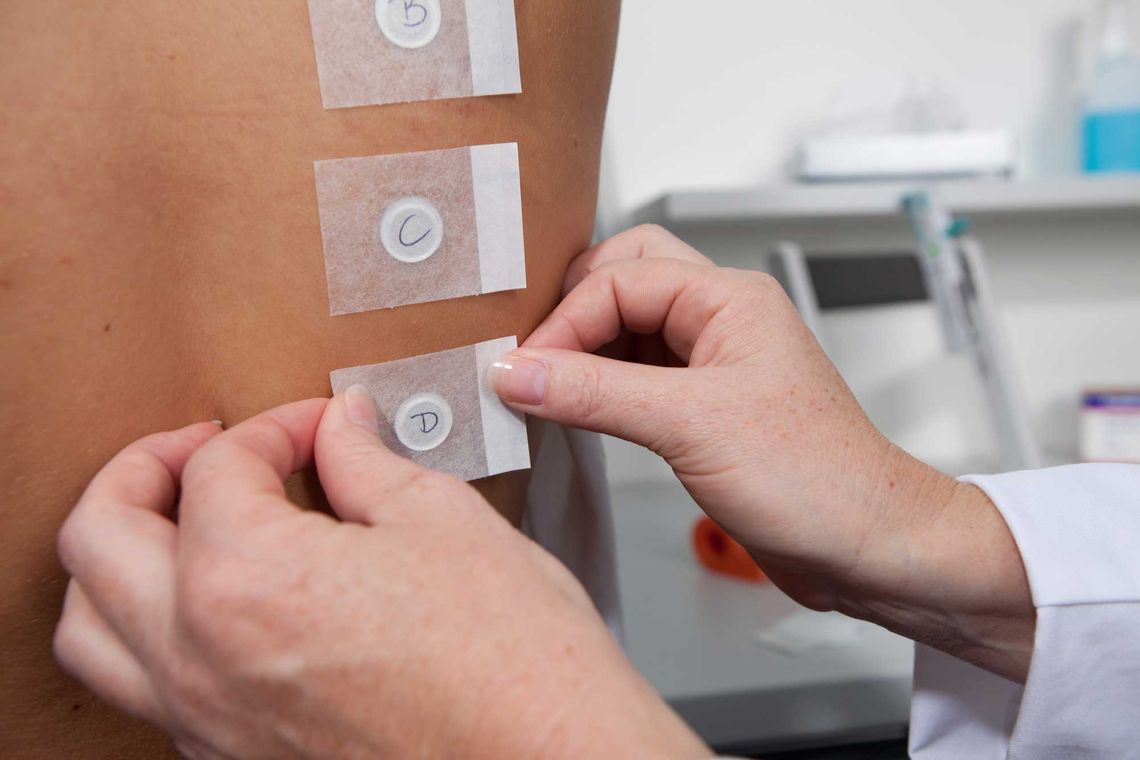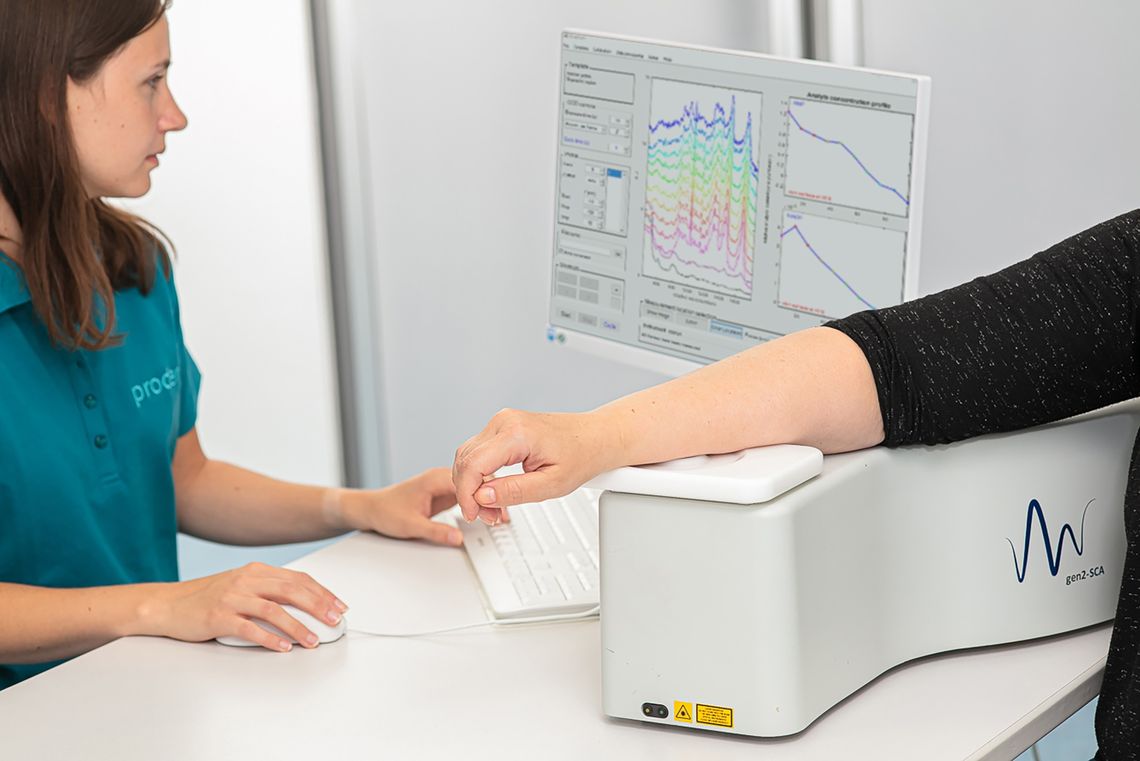Efficacy of anti-aging products
Both intrinsic and extrinsic factors are responsible for the aging of the skin. The changes associated with the aging process of the skin vary: The epidermis becomes thin and the collagen content of the dermis decreases as well as the fat content and elasticity. The subcutaneous tissue loses volume. On the surface, old skin appears wrinkled, irregularly pigmented, dry and limp. Dark circles around the eyes, swollen lower eyelids and other features are also known indicators of the skin aging process. The determination of the efficacy of an anti-aging product can therefore be based on a number of different parameters. The study design should be focused precisely on the mode of action of your product and take into account the appropriate target parameters.
Study types
For the testing of anti-age products, we offer a variety of well-proven standard study protocols. At the same time, the diverse characteristics of aging skin such as wrinkles, dry skin, age spots etc. may be combined in any given way. This results in what feels like a whole universe of testing opportunities for anti-age products in which the following parameters may be investigated:
- AGEs (Advanced Glycation Endproducts)
- Antioxidant Status
- Image evaluation
- Epidermal thickness
- Skin Whitening
- Skin moisturization
- Skin blood circulation
- Skin elasticity
- Skin color
- Skin firmness
- Skin dryness
- Skin volume
- Lifting
- Natural Moisturizing Factor
- Papillary index
- Quantitative image analysis
- Topographical parameters Rz, Ra
- Transepidermal water loss








